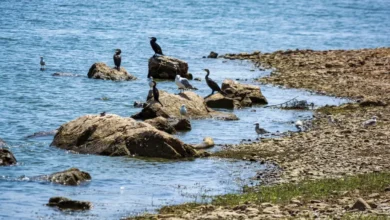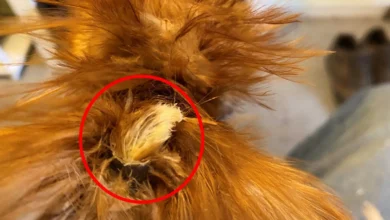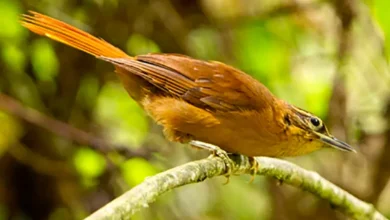The Ivory-billed Aracaris (Pteroglossus azara) is a South American Aracari that is found in the lowlands of southern Venezuela and northern Brazil at elevations of 300 meters and west into the lower elevations of the Andes to 1,200 meters from Colombia south through Ecuador and Peru to Bolivia and eastward into western and central Brazil.
They are very rare in captivity and the United States, some specimens are kept at the Dallas World Aquarium, Emerald Forest Bird Gardens, and the Philadelphia Zoo.
Description
This is the smallest Aracari weighing only about 150 grams or 5.3 oz. The Ivory Bill is a dimorphic species (males and females can visually be identified). The males have a black crown and the females have a brown crown. Males also tend to have longer bills than females. Otherwise, they look alike.
Aracaris generally roost socially throughout the year. Up to five adults and their fledged offspring sleep in the same hole with long tails folded over their backs.
Sub-species
Pteroglossus azara azara, Pteroglossus azara flavirostris, Pteroglossus azara mariae
Breeding
They typically nest in trees with appropriate hollows, most of which are previously made by woodpeckers. Other hollows are the result of a branch break and ensuing rotting of the heart wood from rain over a period of time.
Both the male and female share the incubation and chick rearing duties.
The eggs are incubated for about 16 days. The newly hatched chicks are blind and naked with short bills and thick pads on their heels to protect them from the rough floor of the nest.
Both parents, as well as their previous offspring and/or possibly other adults, feed the chicks. The young fledge after about 6 weeks. The adults continue to feed them for several weeks after fledging.



